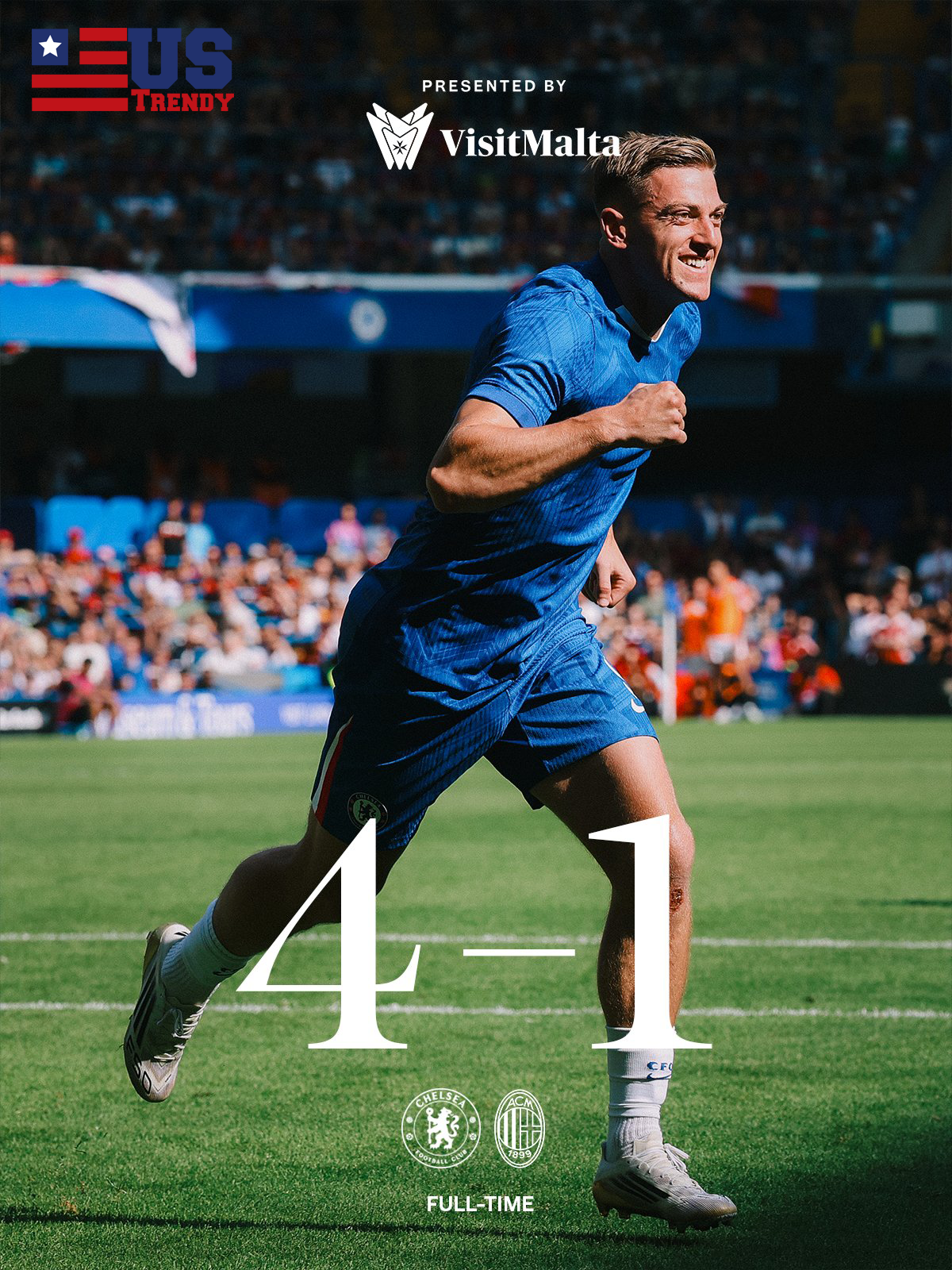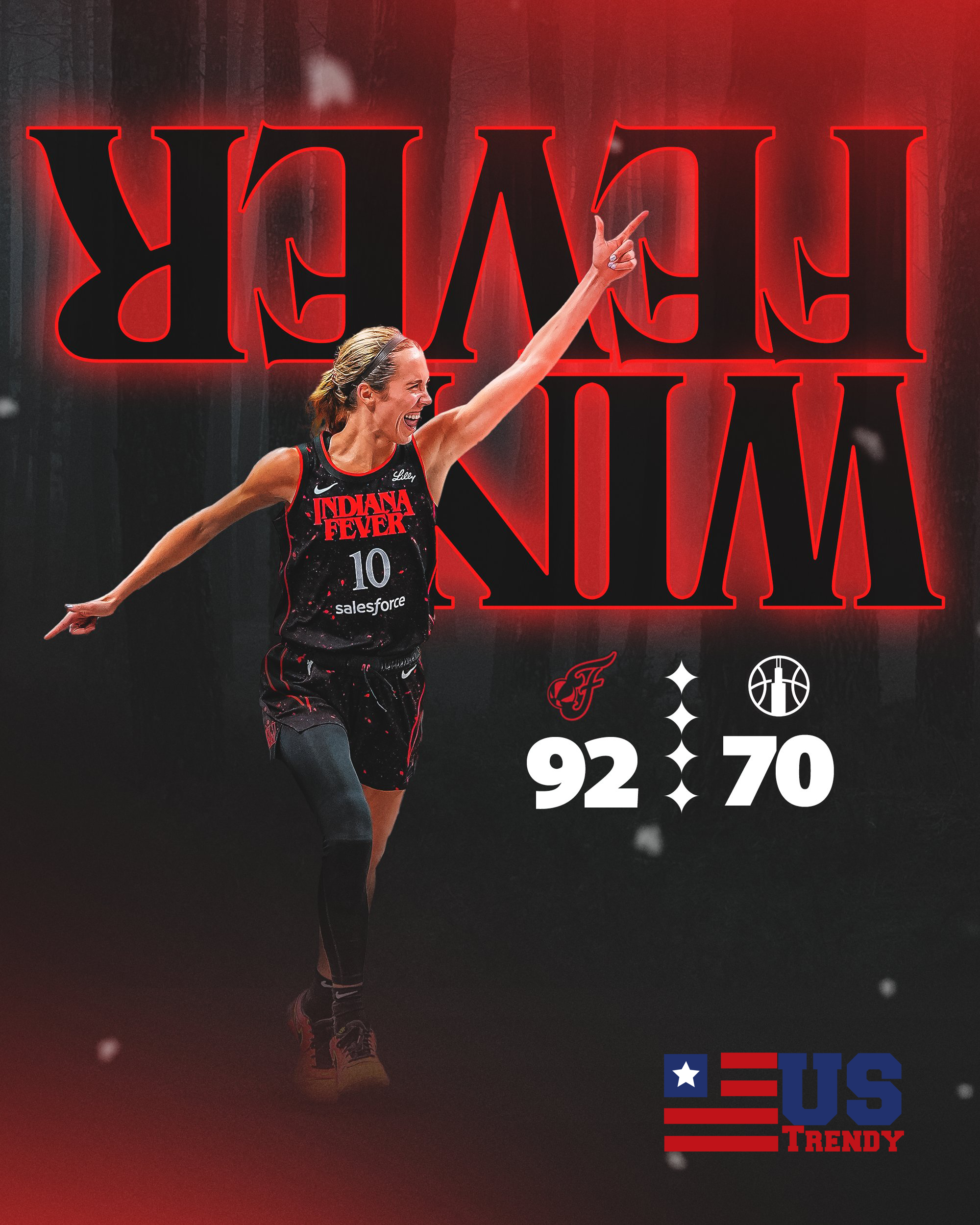The 2025 Cincinnati Open arrives with a $260M venue overhaul, headline withdrawals and surprise results — a must-read preview and recap of the tournament’s early action.
The 2025 Cincinnati Open has arrived as one of the most talked-about hard-court tune-ups before the US Open — not only because of on-court drama, but also thanks to a $260 million renovation of the Lindner Family Tennis Center. The tournament has seen major headline news: Novak Djokovic withdrew ahead of the tournament, Venus Williams’s comeback run ended in a first-round loss and a mix of veteran wins and young breakthroughs have kept the draw unpredictable.
Why this edition of the Cincinnati Open matters
Traditionally the final big tournament on hard courts ahead of Flushing Meadows, Cincinnati has always been both a competitive proving ground and a narrative stage. In 2025 the stakes feel larger because of three overlapping stories:
- A near-complete rebuild of the Lindner Family Tennis Center that changes the fan and player experience.
- High-profile withdrawals and surprising early exits that reshuffle opportunity for lower-ranked players and dark horses.
- The tournament’s timing — immediate warm-up for the US Open — makes results here resonate strongly for seedings, confidence, and final adjustments before the last major of the year.
Those three elements combine to make this a Cincinnati Open that’s as much about off-court infrastructure and event identity as about the week’s winners and losers.
A $260M facelift: the Lindner Family Tennis Center, reimagined
The headline story around Mason, Ohio isn’t just who’s winning — it’s where they’re playing. Organizers unveiled a $260 million transformation of the Lindner Family Tennis Center this summer, expanding player facilities, reworking fan spaces and adding a new sunken “Champions Court” among other upgrades. Players and media have been openly impressed; some — including top ATP players — have remarked that the new amenities and player areas feel “amazing,” and local coverage has even suggested parts of the complex rival larger Grand Slam sites.
What this rebuild means in practice:
- Bigger, consolidated player spaces (lounges, training and recovery facilities) that reduce logistical friction for teams and improve on-site recovery.
- New courts and fan sightlines that alter the tournament atmosphere — a fresh look and different acoustics can subtly change match dynamics and viewer experience.
- Clear investment signaling: the tournament appears intent on cementing its position as the marquee North American Masters/WTA 1000 lead-in event. That attracts players, sponsors and broadcast attention in the crucial weeks before the US Open.
For journalists and content creators, the facelift offers two reporting angles: the human (player reactions and backstage access) and the business/civic (how a mid-sized American city runs a major sports upgrade).
Headline withdrawals and what they mean
A major storyline early in the fortnight was Novak Djokovic’s decision to withdraw from Cincinnati, officially described as a “non-medical” reason. The Serbian superstar opted to bypass the warm-up event and head to New York without match-play there, a decision that reverberated in draws and betting markets and raised questions about tournament preparation strategies ahead of slams.
On the WTA side, Victoria Mboko and Naomi Osaka were among names that pulled out or reshuffled their schedules, giving opportunities to alternates and adjusting the sectional balance of the women’s draw. Withdrawals at this point in the calendar are common — players manage risk before a major — but when marquee names sit out, it reshapes who gets momentum heading into the US Open.
Impacts to watch:
- Seed shakeups and altered paths for contenders: when top players withdraw, the players who remain can avoid early matchups with elite opponents — sometimes lighting a path for Cinderella runs.
- Psychological effects: players who were expecting to test themselves against the very best instead face a different set of tactical matchups and may respond by either seizing the chance or missing the measuring stick they wanted.
Early tournament action — veterans, youngsters and surprise results
Even without every headliner in attendance, Cincinnati’s match play has delivered storylines in abundance.
Veterans hold the line
Roberto Bautista Agut and other seasoned tour regulars have produced the steady results you’d expect: tight wins, clutch tiebreaks and the sort of reliability that often characterizes late-summer stretches. These players’ discipline and experience can be particularly damaging in an expanded, compressed schedule where consistency trumps flash.
Breakthroughs and bright young faces
Young players and less-heralded names have taken advantage of spot openings and the reshuffled draw. Martín Landaluce’s comeback win and the movement of players who practiced through qualifying speak to the tournament’s ability to amplify under-the-radar performers. These moments create compelling human interest and fantasy relevance.
A bitter-sweet return for Venus Williams
One marquee emotional subplot: Venus Williams’s appearance generated headlines because of her stature and longevity. The 45-year-old’s run ended in the first round with a straight-sets loss to Jessica Bouzas Maneiro. While the result was disappointing for fans hoping for another deep run, coverage emphasized that Venus remains injury-free and motivated — and that her presence alone elevates the tournament narrative. Coverage from the WTA and major outlets captured both the match details and the broader significance of her continued play.
Emma Raducanu working with a new coach
Emma Raducanu’s off-court story is another watchable thread: training under Francisco Roig and seeking to reclaim consistent hard-court form ahead of the US Open. If Raducanu can translate practice improvements into results in Cincinnati, it would be a major storyline for the autumn season.
Tactical & format notes — what the tournament layout means on court
The tournament’s scheduling and layout (especially in a year with increased investment and player amenities) can shape play in subtle ways:
- Court conditions and new surrounds can alter ball flight and player comfort; players often need one or two matches to feel out how a refurbished stadium plays versus older surfaces.
- Heat, travel fatigue and the proximity of the US Open mean that many players are balancing short-term gains with long-term preservation. Some top players therefore choose to play conservatively or withdraw — which in turn opens doors for opportunists.
- With a denser schedule, depth and recovery (medical teams, ice baths, on-site physio) become decisive advantages — another reason the renovated player facilities matter to outcomes.
Instagram-এ এই পোস্টটি দেখুন
Fan experience & local impact
Local reporting and features on the upgrades show how the tournament organizers aimed for a festival-style experience: better food and hospitality zones, more spectator sightlines and an overall push to attract families as well as hardcore fans. For Mason and Cincinnati, the event is not just a tennis competition — it’s an economic engine that benefits hotels, restaurants and local merchants during a late-summer window.
Social and broadcast producers also benefit: new court layouts and improved camera positions make for more dynamic TV packages — something networks will appreciate during prime pre-US Open coverage.
What this means for the US Open
Cincinnati has always been the dress rehearsal for Flushing Meadows — and this year that function is even more pronounced.
- Players who go deep in Cincinnati gain rhythm and match toughness that can translate to early US Open confidence.
- Conversely, players who overextend themselves risk fatigue or injury; Djokovic’s withdrawal is a high-profile reminder that top stars sometimes prioritize freshness for a major over extra competitive reps.
- For tournament analysts and oddsmakers, Cincinnati results will be factored heavily into line-moves: a hot week here can change US Open seeding expectations and betting markets.
Media & social reaction
Mainstream outlets have focused on two themes: the spectacle of the reconstructed venue and the human drama of headline withdrawals and veteran storylines. Social feeds—especially highlight reels of unexpected winners or veteran moments like Venus’s service games—have driven engagement and kept the tournament trending among tennis conversations this week. Official highlight packages, combined with player interviews about the new Champions Court and upgraded amenities, have made for shareable, narrative-rich content.
Conclusion
The 2025 Cincinnati Open has become a story of transformation — literally, through a multi-hundred-million dollar host site rebuild, and narratively, through the mix of withdrawals, veteran farewells and breakout results. For fans and pundits the event remains an essential stop on the way to the US Open: equal parts tune-up, spectacle and drama. Whether you’re watching for the tennis or the broader storylines, this edition of the Cincinnati Open is serving up more than enough reason to pay attention.















Leave a Reply